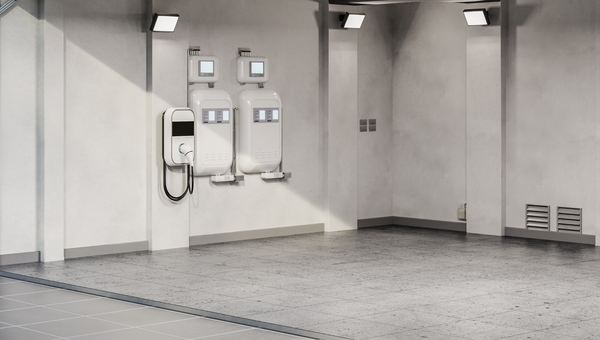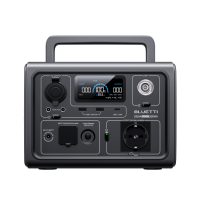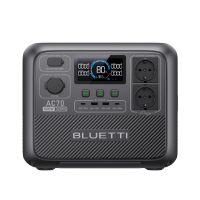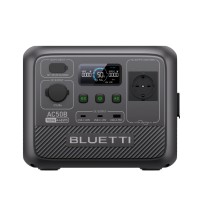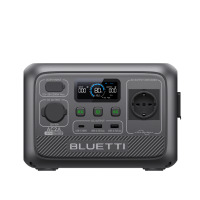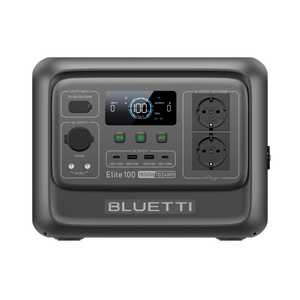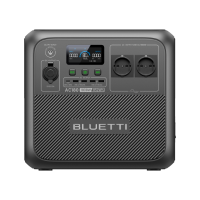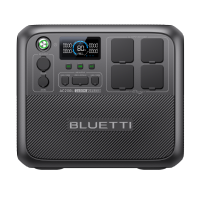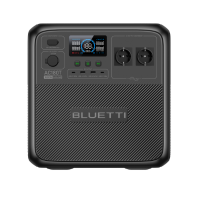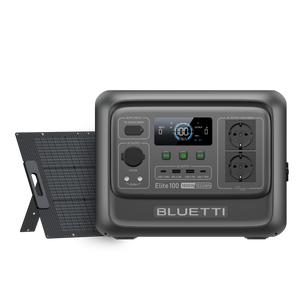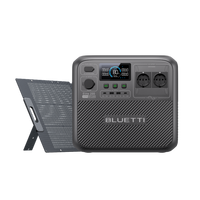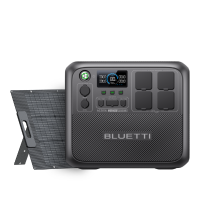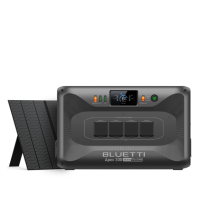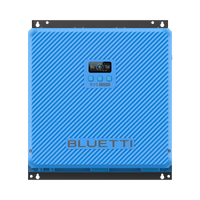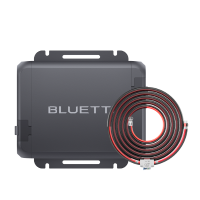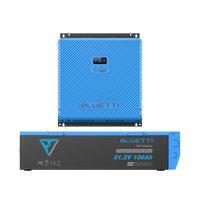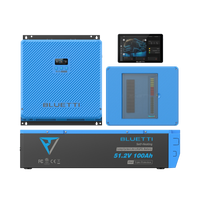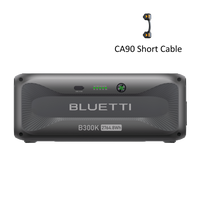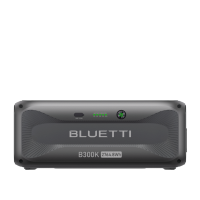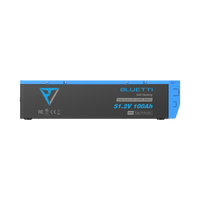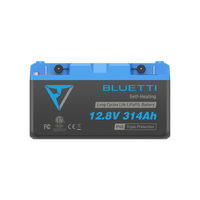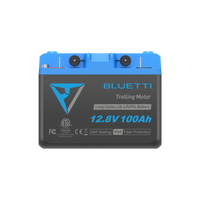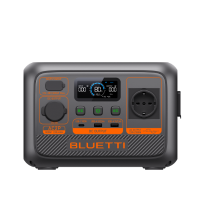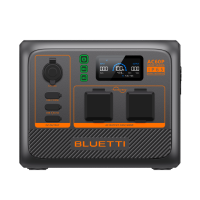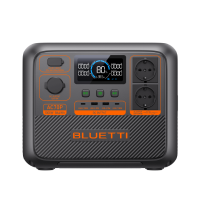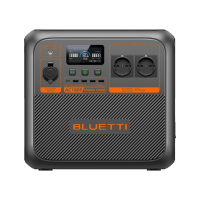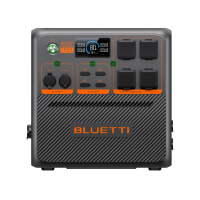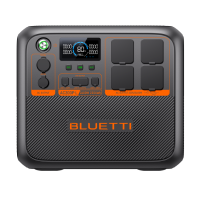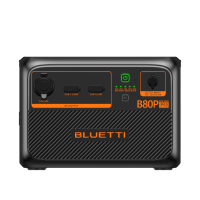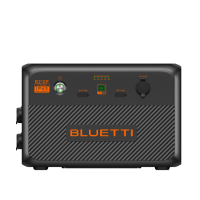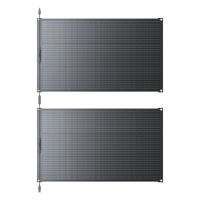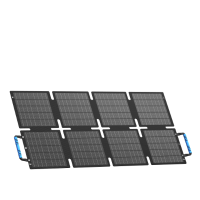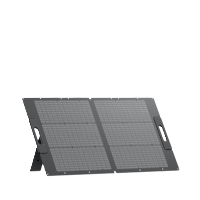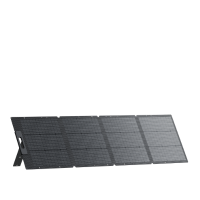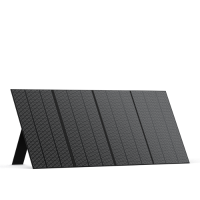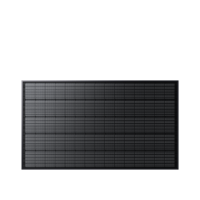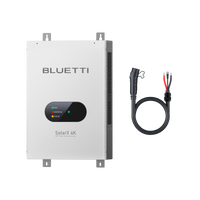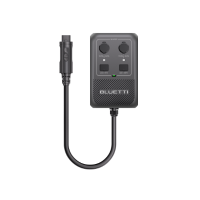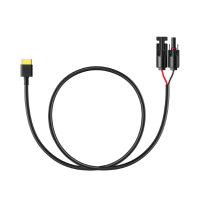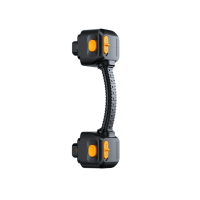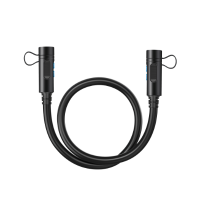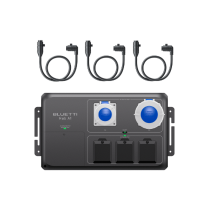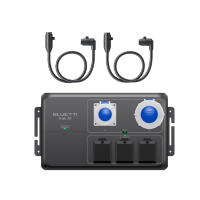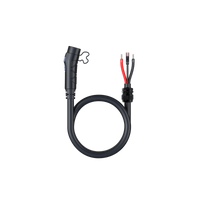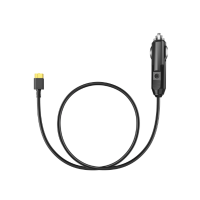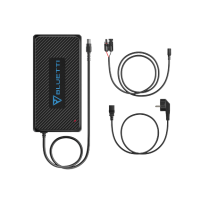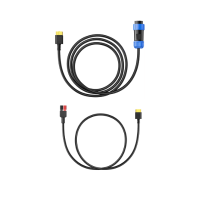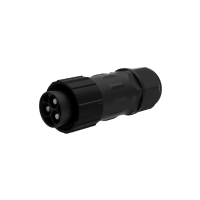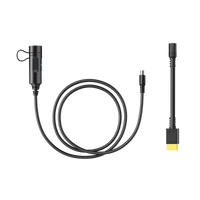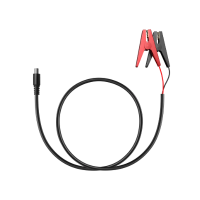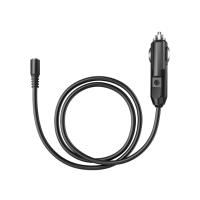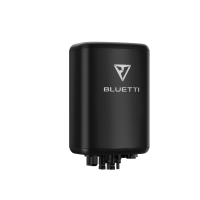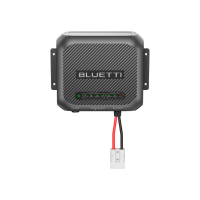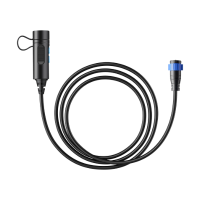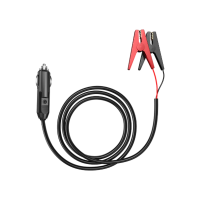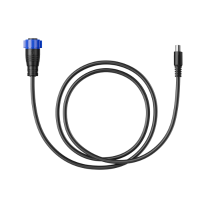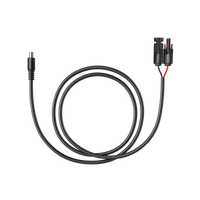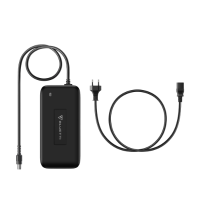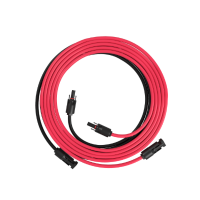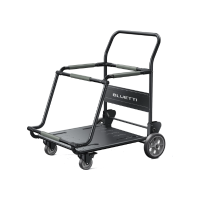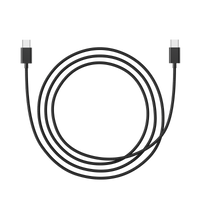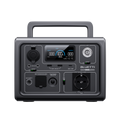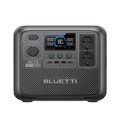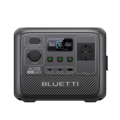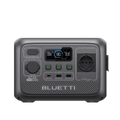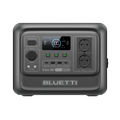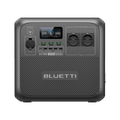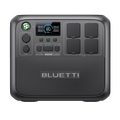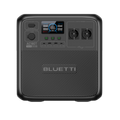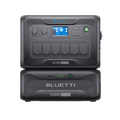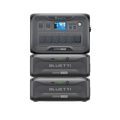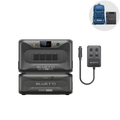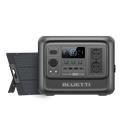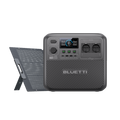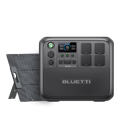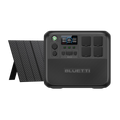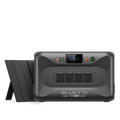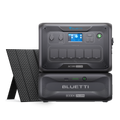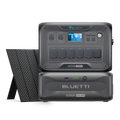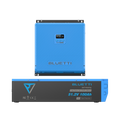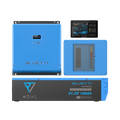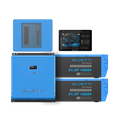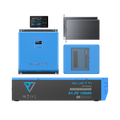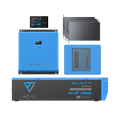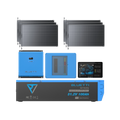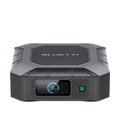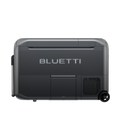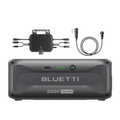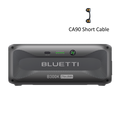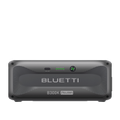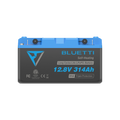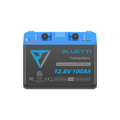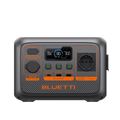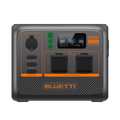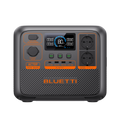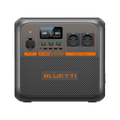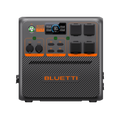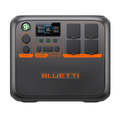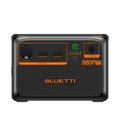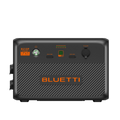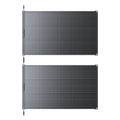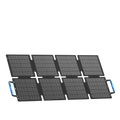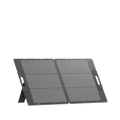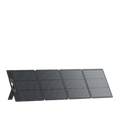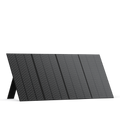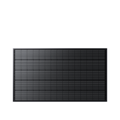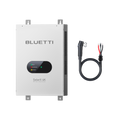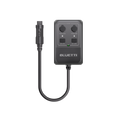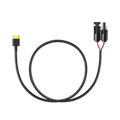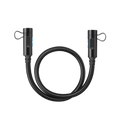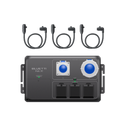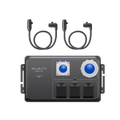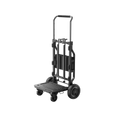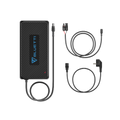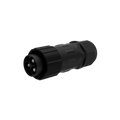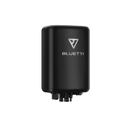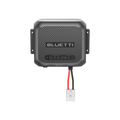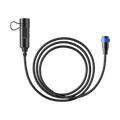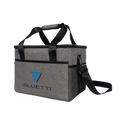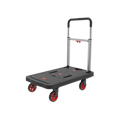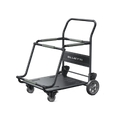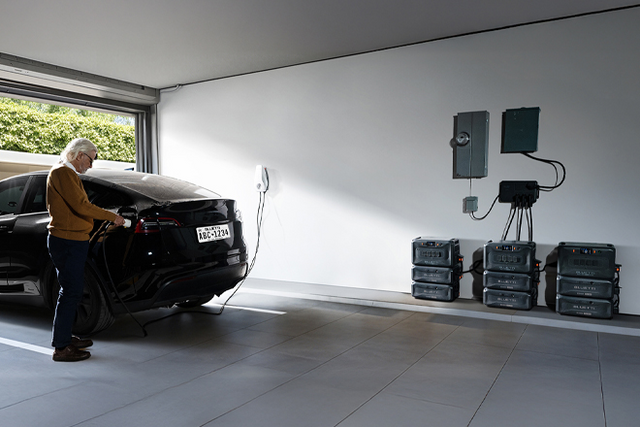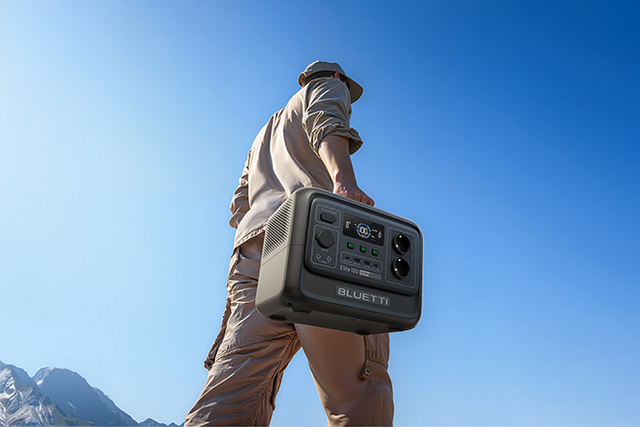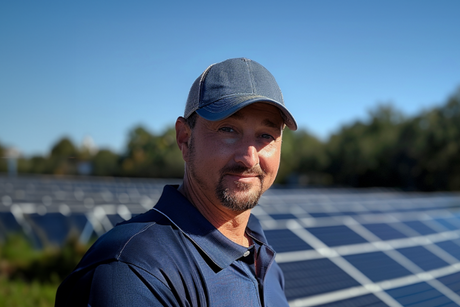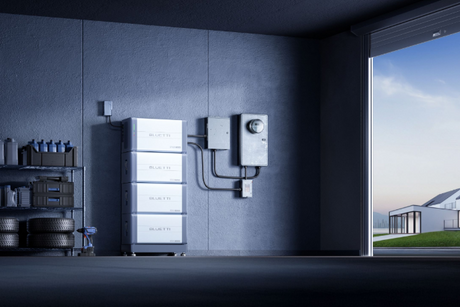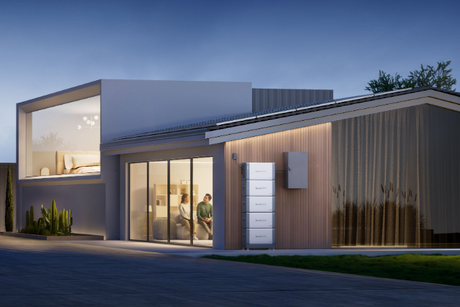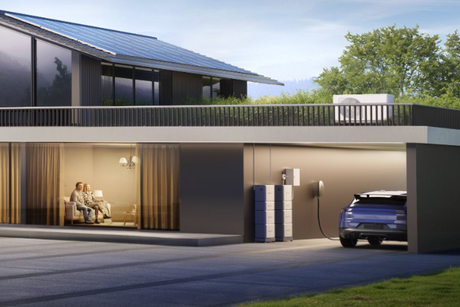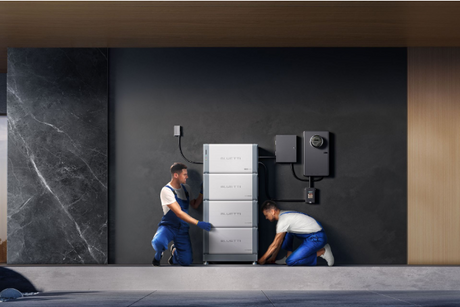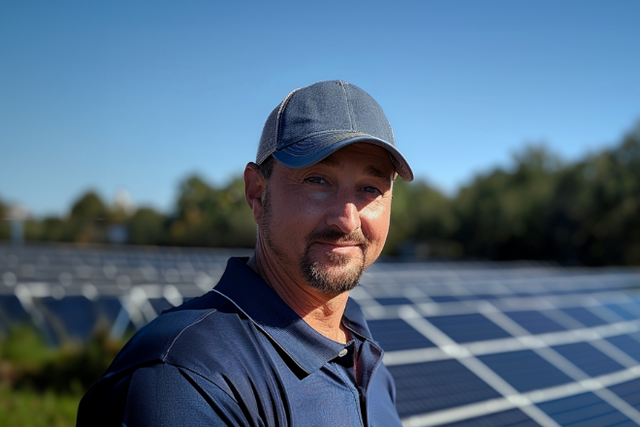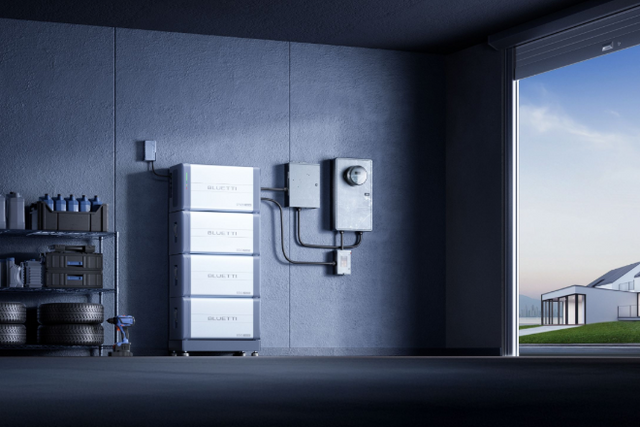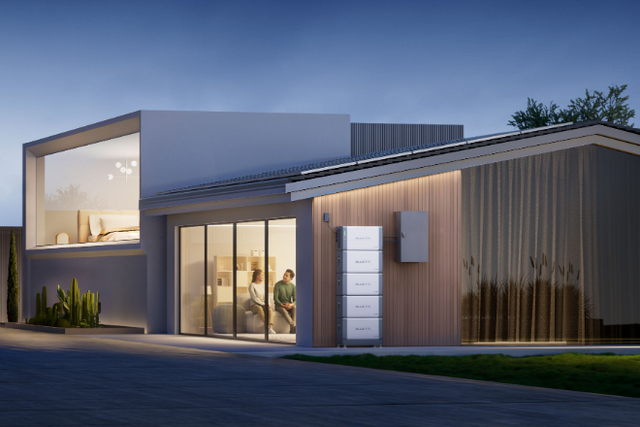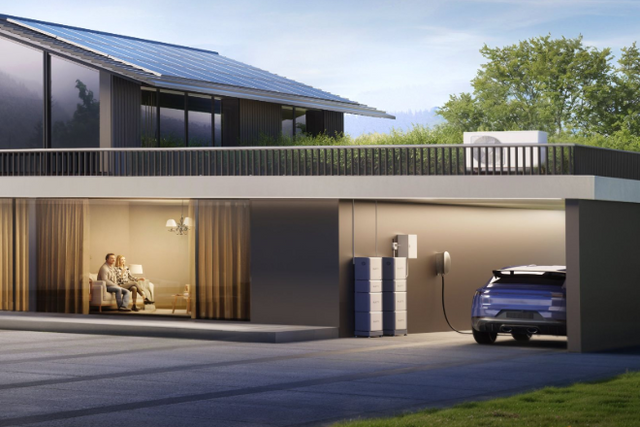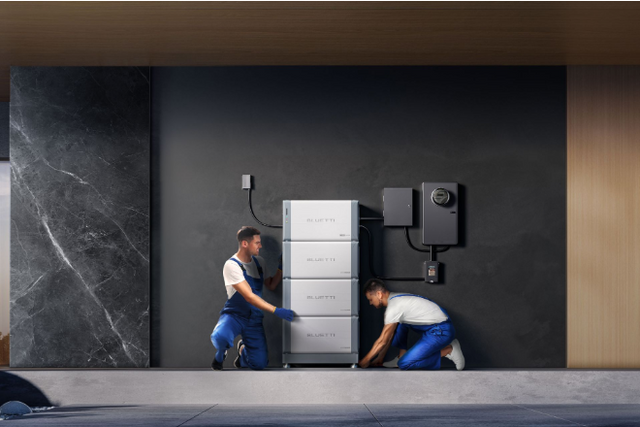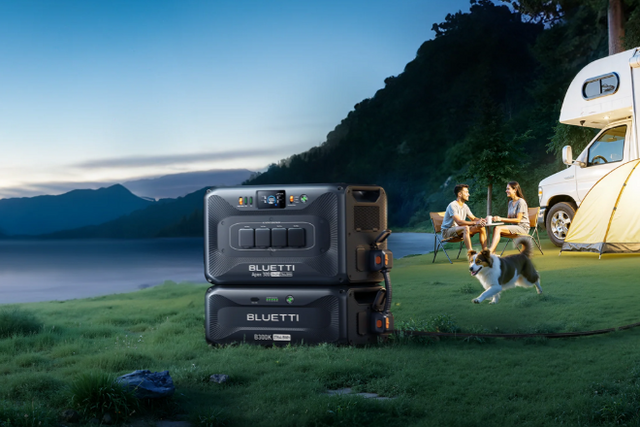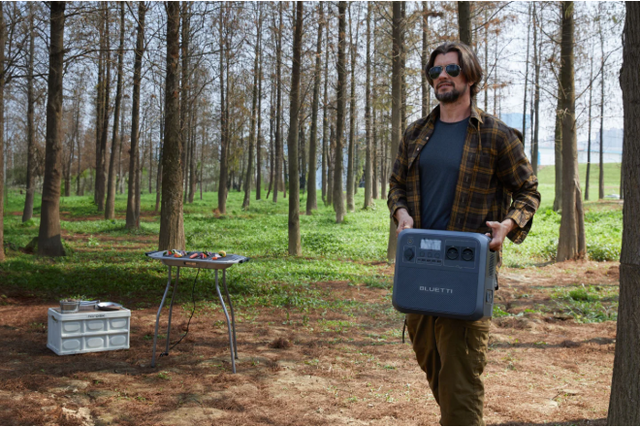The last few years have seen a rapid advancement in battery technology. Experts are innovating new technologies that are safer, cheaper and more efficient. LiFePO4 battery is the latest development in this ever-changing industry.
Recent years have seen lower costs for LiFePO4 batteries whilst their efficiency continues to dramatically improve. These features have rocketed LiFePO4 into the top spot for most popular battery choice, exceeding traditional lead acid batteries and other lithium-ion options.
What are LiFePO4 Batteries?
LiFePO4 (LFP) batteries are a rechargeable subtype of lithium-ion batteries. The name stands for Lithium Iron Phosphate, or LFP, and is derived from the components: Li (lithium), Fe (Iron) and PO4 (Phosphate).
LFP cells experience a slower rate of capacity loss than other lithium-ion battery chemistries meaning that they can continue to store power for more years to come.
What is the Difference Between Lithium-Ion Batteries and LiFePO4 Batteries?
There are a few key differences that separate Li-ion batteries from LiFePO4 batteries. These battery types consist of different chemical makeup; Li-ion will usually have lithium manganese oxide or lithium cobalt oxide as a cathode whilst LiFePO4 uses lithium iron phosphate. Despite this, both rely on graphitic carbon electrodes with metallic backing for the anode.
Technology for LiFePO4 is much newer and has better chemical and thermal stability. Although energy density levels are slightly lower, these batteries are much better suited for larger devices such as RVs, golf carts and solar energy systems. Li-ion batteries are versatile and extend from wearable devices such as watches to electric vehicles and medical equipment.
History of LiFePO4
Lithium batteries have been used for about 25 years and quickly overtook lead acid batteries as the most popular. When looking for ways to power small electronic devices, lithium technologies upsurge in popularity however several stories detailing battery fires resulted in wary opinions.
This issue was due to low electrical conductivity and was overcome by reducing the size of the particles or coating them in a conductive material. This led to the creation of LiFePO4 batteries.

What Are The Advantages of LiFePO4 Batteries?
With constant innovation and development, batteries continue to improve. LiFePO4 batteries offer a range of benefits that make for a better choice than other alternatives such as lead acid or lithium-ion.
High Discharge and Charging Efficiency
LFP batteries can have a depth of discharge (DoD) of up to 90% compared to only 80% for lead batteries. With a self-discharge of around 1-3% per month, the battery is able to be left in storage for months without any negative effect on performance or efficiency.
These batteries also have an energy density of between 90-165Wh/kg which is slightly lower than other lithium-ion batteries however this allows for larger appliances to be powered. This high density is making LiFePO4 a great choice for electric vehicle (EV) manufacturers as they can store more power whilst taking up less space.
![]()
High Safety Performance
The stable construction of LiFePO4 batteries means that they do not decompose, heat up or collapse like other lithium-ion materials. This also results in superior thermal and chemical stability meaning that they are incombustible. This is an important feature in the event of mishandling, charging or discharging.
The strong covalent bonds between the iron, phosphorus and oxygen atoms make them more stable and less prone to thermal runaway or overheating. With previous batteries causing fires, this is a great way to minimize that risk.
Long Battery Life Cycle
LiFePO4 batteries have a life cycle of over 2000 times compared to 300 times for long-life lead acid batteries. This means that they can last 7 to 8 years with little effect on efficiency. The longer lifespan also means that the environmental impact of e-waste is reduced.
Performs Well at Many Temperatures
Extreme temperatures are no problem for LFP batteries as they have an operating range of -20C to 75C with no drop in their performance level. This feature means that they are safe to store in homes, garages and other indoor areas without the risk of overheating and battery fires.

Lightweight
LFP batteries weigh up to 70% less than lead-acid batteries and continue delivering about 50% more usable electrical capacity.
Charging is also a much quicker process due to the size of the battery. LiFePO4 batteries can charge five times faster than traditional lead batteries.
Environmentally friendly
LiFePO4 batteries are generally considered free of rare and heavy metals. As they are typically composed of common materials such as graphite, iron and copper, they contain no toxic materials such as nickel or lead. They are also cheaper to source, more abundant and require less energy to mine and process.
Over 70% of the world's cobalt comes from mines in Democratic Congo. These mines are so inhumane that the cobalt gathered is referred to as the "blood diamond of batteries". LiFePO4 batteries are completely cobalt free.
Connected to a Battery Management System (BMS)
Most LiFePO4 batteries include a BMS which is critical to enable management, optimisation and constant awareness of the health of your battery. A BMS can protect your battery against issues including:
- Over-discharge?
- Temperature instability?
- Cell imbalances
- Over and under voltage
What are the Disadvantages of LiFePO4 Batteries?
Higher Initial Cost
LFP batteries can cost considerably more than other lithium batteries however their lifespan is much longer. This means they will need less frequent maintenance and replacements saving you money in the long term.
Lower Energy Density
LFP batteries have lower density than other battery options. The energy density typically falls between 90-165Wh/Kg.
Lower Voltage
Voltage is typically lower in LFP batteries with an average of 3.2V per cell. This means that more cells are needed to achieve the same level of voltage as other batteries. This increases the cost as they are more complex to design and manufacture.
Can LFP Batteries Charge Electric Cars?
Yes. Many electric vehicles currently use LFP batteries to power them and this is expected to grow in popularity. LFP batteries are more sustainable and can help companies limit their environmental impact.
Brands such as Tesla have been innovating with LiFePO4 batteries and now use them for all of their new vehicles. Other companies such as Hyundai and KIA have announced that they will shortly be following Tesla and making the switch to LFP batteries.
Frequently Asked Questions about LFP Battery
Should You Charge the LFP Battery to 100% Daily?
LFP batteries do not require a float charge like lead acid batteries. This means that for long term applications, the battery should not be stored at 100%. Instead, a 10-90% State Of Charge (SOC) is agreed to be the best discharge rate.
How Many Years Will An LFP Battery Last?
LFP batteries last anywhere between 5-10 years when correctly maintained. With an average of 3000-5000 charge cycles at 80% DoD, LFP batteries can survive up to five times longer than other lithium batteries.?
Are LFP Batteries Better Than Lithium Batteries?
In most ways, LFP batteries are the better choice. They are more sustainable, less prone to combustion and therefore safer.
BLUETTI EB70 Portable Power Station
Our EB70 Portable Power station is essential for power on the go. Born from ultimate innovation and state of the art technologies, the EB70 has a capacity of 716Wh meaning it is capable of powering multiple devices from phones and laptops to fans and projectors. With 10 output ports readily available, you can meet all of your charging needs simultaneously.

The ergonomic handle design means it is easy to carry and move. There is no need to worry about charging ports as the EB70 can be fully recharged from an AC wall output in 3-4 hours or a 12V car port in 7-8 hours.
LiFePO4 at Bluetti
Here at BLUETTI, we use LiFePO4 batteries to ensure the highest level of safety and efficiency throughout all of our products. Our Bluetti app allows you to view the charging status, DC output, AC information and so much more!
Shop products from this article
You May Also Like

Black Friday Deals 2025: Save Big on Solar & Storage Systems

Thuisbatterij Buiten Plaatsen: Veiligheid, Weerbestendigheid & Beste Praktijken
